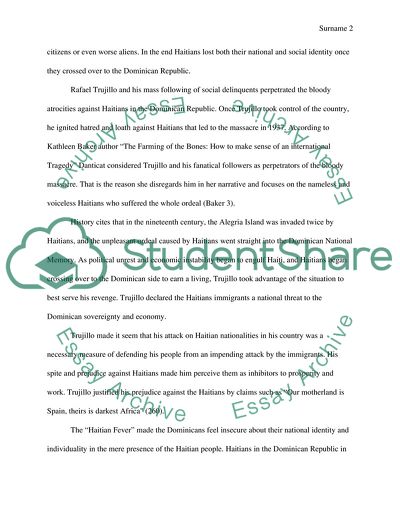Cite this document
(The Farming of Bones Article Example | Topics and Well Written Essays - 2000 words, n.d.)
The Farming of Bones Article Example | Topics and Well Written Essays - 2000 words. https://studentshare.org/history/1828371-literature-of-the-african-diaspora
The Farming of Bones Article Example | Topics and Well Written Essays - 2000 words. https://studentshare.org/history/1828371-literature-of-the-african-diaspora
(The Farming of Bones Article Example | Topics and Well Written Essays - 2000 Words)
The Farming of Bones Article Example | Topics and Well Written Essays - 2000 Words. https://studentshare.org/history/1828371-literature-of-the-african-diaspora.
The Farming of Bones Article Example | Topics and Well Written Essays - 2000 Words. https://studentshare.org/history/1828371-literature-of-the-african-diaspora.
“The Farming of Bones Article Example | Topics and Well Written Essays - 2000 Words”. https://studentshare.org/history/1828371-literature-of-the-african-diaspora.


